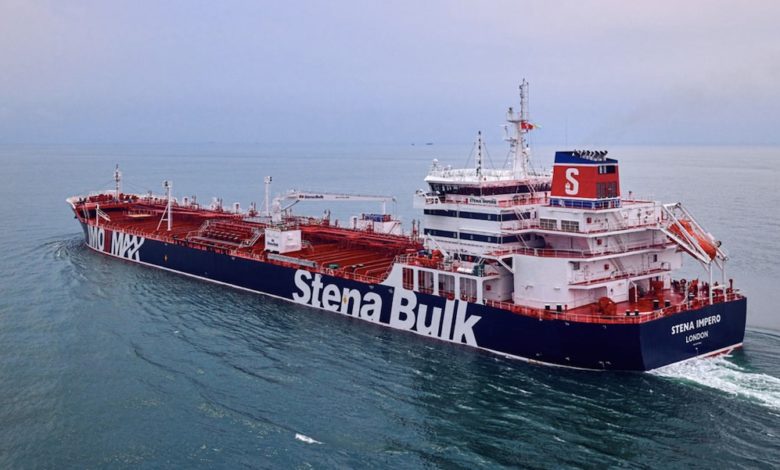Landmark carbon capture project onboard a Stena Bulk tanker moves ahead

A consortium of global shipping organisations and the Oil and Gas Climate Initiative (OGCI) have received approval in principle from the American Bureau of Shipping (ABS), the US ship certification agency, to use a carbon capture system onboard an oil tanker.
The project’s seven-member consortium includes the Global Centre for Maritime Decarbonisation (GCMD) in Singapore, OGCI, ABS, Stena Bulk, Alfa Laval, the Netherlands Organization for Applied Scientific Research (TNO) and Deltamarin.
The project aims to demonstrate the feasibility of using carbon capture onboard a vessel and is one of the largest of its kind. Approval in principle allows the consortium to consider whether the project will move to the next stage, which includes engineering, procurement and construction.
The consortium’s members believe the onboard carbon capture system could help accelerate commercial deployment of shipboard carbon capture technology within the next five years.
The two-year, three-phase demonstration project is investigating onboard capture and storage and offloading captured carbon dioxide to address the operational challenges and opportunities of deploying carbon capture technology on ships.
Following a full engineering study, the carbon capture system will be built and tested prior to integration onboard a Stena Bulk medium range (MR) tanker for sea trials. A stage gate review process will be conducted prior to progression between stages.
The consortium began the first phase of Project REMARCCABLE (Realising Maritime Carbon Capture to demonstrate the Ability to Lower Emissions) in 2022, which involved conceptual design and a front-end engineering design study of the carbon capture system.
The second phase would include engineering, procurement, and construction of a prototype shipboard carbon capture system and onshore commissioning. Phase three focuses on integrating the carbon capture system with the MR tanker and conducting sea trials.
The GCMD plans to launch a study on offloading the liquid carbon dioxide (CO2) to resolve potential challenges and inform the third phase of the project.
Project REMARCCABLE is the world’s first project aimed to demonstrate end-to-end shipboard carbon capture at scale.
The project is targeting at least 30% absolute carbon dioxide (CO2) capture, or about 1,000 kilogramme per hour, making it one of the largest of its kind. Project REMARCCABLE will use non-proprietary equipment and processes, so results can be shared broadly and publicly to maximise learning and encourage further technology development.
The project also aims to establish a pathway to reduce the cost of CO2 capture to 150 €/tCO2 or lower to allow the technology to be commercially deployed in future.
The initial demonstration will involve over 500 hours of capture of the exhaust from burning high-sulphur fuel oil or very-low sulphur fuel oil and will include offloading the captured CO2 at ports along the route of a 10-day deep-sea voyage.
Erik Hånell, CEO of Stena Bulk, said: “Advancing carbon capture is one of the central ways that shipping will be able to meet its decarbonisation goals.”
Panos Koutsourakis, ABS vice president, global sustainability, said: “This is a milestone for onboard carbon capture technology, with significant potential to accelerate the pace of commercial applications. Carbon capture will have a critical role to play in the decarbonisation of shipping.”

Looks like Stena doesn’t care about crew wellbeing onboard. Originally this GSI project (on photo) has the pool on the funnel port side . This one doesn’t.